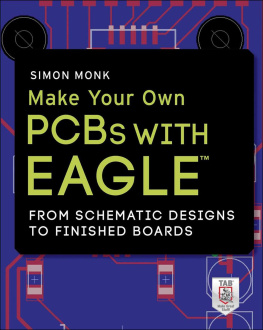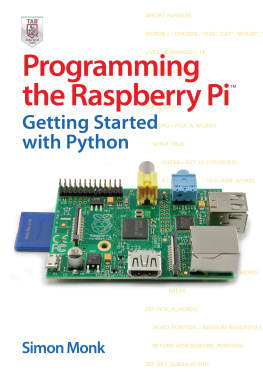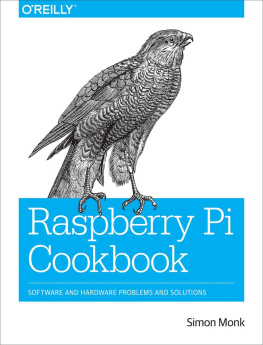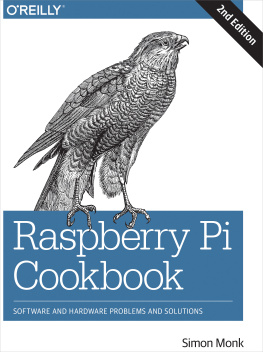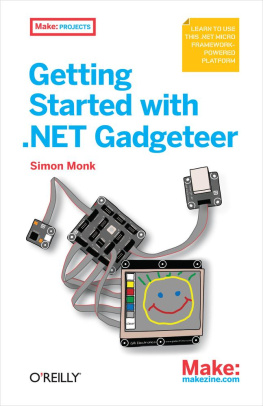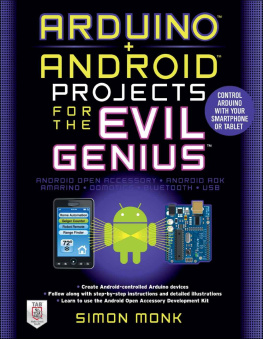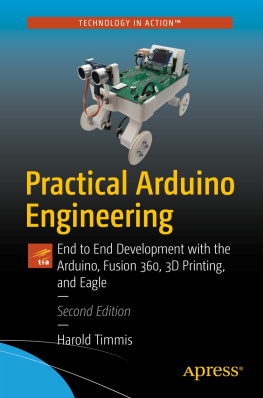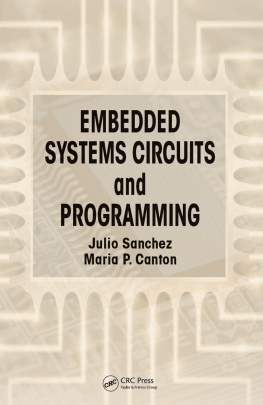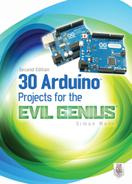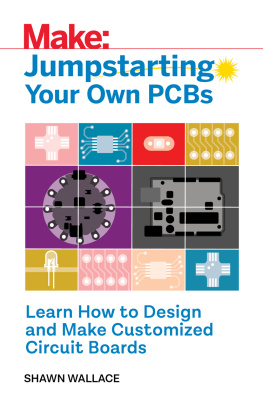Copyright 2014 by McGraw-Hill Education. All rights reserved. Except as permitted under the United States Copyright Act of 1976, no part of this publication may be reproduced or distributed in any form or by any means, or stored in a database or retrieval system, without the prior written permission of the publisher.
ISBN: 978-0-07-181926-8
MHID: 0-07-181926-6
The material in this eBook also appears in the print version of this title: ISBN: 978-0-07-181925-1, MHID: 0-07-181925-8.
eBook conversion by codeMantra
Version 1.0
All trademarks are trademarks of their respective owners. Rather than put a trademark symbol after every occurrence of a trademarked name, we use names in an editorial fashion only, and to the benefit of the trademark owner, with no intention of infringement of the trademark. Where such designations appear in this book, they have been printed with initial caps.
McGraw-Hill Education eBooks are available at special quantity discounts to use as premiums and sales promotions, or for use in corporate training programs. To contact a representative please visit the Contact Us page at www.mhprofessional.com.
Information contained in this work has been obtained by McGraw-Hill Education from sources believed to be reliable. However, neither McGraw-Hill Education nor its authors guarantee the accuracy or completeness of any information published herein, and neither McGraw-Hill Education nor its authors shall be responsible for any errors, omissions, or damages arising out of use of this information. This work is published with the understanding that McGraw-Hill Education and its authors are supplying information but are not attempting to render engineering or other professional services. If such services are required, the assistance of an appropriate professional should be sought.
TERMS OF USE
This is a copyrighted work and McGraw-Hill Education and its licensors reserve all rights in and to the work. Use of this work is subject to these terms. Except as permitted under the Copyright Act of 1976 and the right to store and retrieve one copy of the work, you may not decompile, disassemble, reverse engineer, reproduce, modify, create derivative works based upon, transmit, distribute, disseminate, sell, publish or sublicense the work or any part of it without McGraw-Hill Educations prior consent. You may use the work for your own noncommercial and personal use; any other use of the work is strictly prohibited. Your right to use the work may be terminated if you fail to comply with these terms.
THE WORK IS PROVIDED AS IS. McGRAW-HILL EDUCATION AND ITS LICENSORS MAKE NO GUARANTEES OR WARRANTIES AS TO THE ACCURACY, ADEQUACY OR COMPLETENESS OF OR RESULTS TO BE OBTAINED FROM USING THE WORK, INCLUDING ANY INFORMATION THAT CAN BE ACCESSED THROUGH THE WORK VIA HYPERLINK OR OTHERWISE, AND EXPRESSLY DISCLAIM ANY WARRANTY, EXPRESS OR IMPLIED, INCLUDING BUT NOT LIMITED TO IMPLIED WARRANTIES OF MERCHANTABILITY OR FITNESS FOR A PARTICULAR PURPOSE. McGraw-Hill Education and its licensors do not warrant or guarantee that the functions contained in the work will meet your requirements or that its operation will be uninterrupted or error free. Neither McGraw-Hill Education nor its licensors shall be liable to you or anyone else for any inaccuracy, error or omission, regardless of cause, in the work or for any damages resulting therefrom. McGraw-Hill Education has no responsibility for the content of any information accessed through the work. Under no circumstances shall McGraw-Hill Education and/or its licensors be liable for any indirect, incidental, special, punitive, consequential or similar damages that result from the use of or inability to use the work, even if any of them has been advised of the possibility of such damages. This limitation of liability shall apply to any claim or cause whatsoever whether such claim or cause arises in contract, tort or otherwise.
To Stephen, from a very proud Dad.
About the Author
Dr. Simon Monk (Preston, UK) has a degree in cybernetics and computer science and a Ph.D. in software engineering. He spent several years as an academic before he returned to industry, co-founding the mobile software company Momote Ltd. He has been an active electronics hobbyist since his early teens and is a full-time writer on hobby electronics and open-source hardware. Dr. Monk is the author of numerous electronics books, specializing in open-source hardware platforms, especially Arduino and Raspberry Pi. He is also co-author with Paul Scherz of Practical Electronics for Inventors, Third Edition.
You can follow him on Twitter, where he is @simonmonk2.

Contents

Acknowledgments
M any thanks to all those at McGraw-Hill who have done such a great job in producing this book. In particular, thanks to my editor Roger Stewart and to Patty Wallenburg.
I am most grateful to Mike Basset for his technical review of the material.
And, last but not least, thanks once again to Linda, for her patience and generosity in giving me space to do this.
CHAPTER
 Introduction
IntroductionI n this chapter, you will learn how to install EAGLE Light Edition and will discover the various views and screens that make up an EAGLE project. EAGLE (Easily Applicable Graphical Layout Editor) is a product of the German company Cadsoft. The company is now a subsidiary of Premier Farnell, which also owns Newark Electronics in the United States and CPC in the United Kingdom.
The software has been around for many years, and despite having a user interface that can seem a little daunting to newcomers, it is a powerful and flexible product. It has become a standard for hobby use primarily because of its freeware version and the large set of component libraries and general adoption as the standard tool for open-source hardware (OSH) providers such as Sparkfun and Adafruit. Generally, you will find EAGLE design files available for their OSH products as well as for high-profile products such as the Arduino family of circuit boards.

Printed Circuit Boards
Because you are reading this book, you probably want to make a printed circuit board (PCB) and already have a basic understanding of what exactly a PCB is and how it works. However, PCBs come with their own set of jargon, and it is worth establishing exactly what we mean by vias, tracks, pads, and layers.
The main focus of the book will be on making double-sided professional-quality circuit boards. This book assumes that you will design circuit boards and then e-mail the design files to a low-cost PCB fabrication service (as low as US$10 for 10 boards) that will actually make the boards. The making of PCBs at home is now largely redundant because they can generally be made at lower cost and to a better standard than home PCB etching, with all its attendant problems of handling and disposing of toxic chemicals or the need for expensive milling machines.

